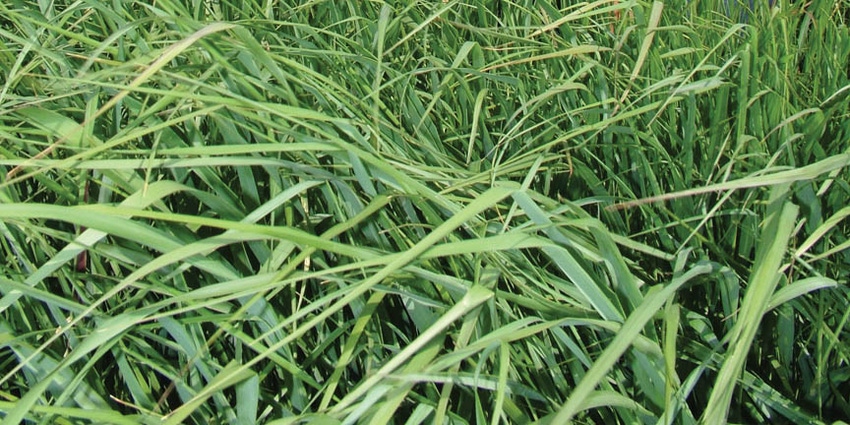November 23, 2012

Bioenergy crops can be a good match for areas of fields that have lost productivity. Crops such as switchgrass and miscanthus can help soil, improve water quality and provide alternative revenue, says Newell Kitchen, a soil scientist with the USDA Agricultural Research Service and adjunct professor at the University of Missouri.
“It really goes back to yield mapping,” Kitchen said. “Farmers began installing yield monitors on combines in the 1990s and with that was a much greater awareness and appreciation of productivity differences within fields.”
Kitchen says areas of fields that have become less productive for growing grain crops tend to coincide with areas of the field where the largest environmental problems are seen, such as lost sediment, nutrients and herbicides.
“Our awareness that these two issues, lost productivity and environmental concerns, coincide spatially in fields made us look for ways to aggressively counter them,” Kitchen said. “That has led us in the last several years to work with bioenergy crops as alternatives for those marginal and vulnerable soils.”
Kitchen has been working with switchgrass for about five years and found that even when there is a lack of topsoil it is possible to grow a healthy switchgrass crop that will produce 5 to 7 tons per acre per year. Miscanthus can produce from 7 to 15 tons per acre.
Kitchen noted that despite this year’s drought, switchgrass is producing 4 to 6 tons per acre. “Compare that to corn grown on adjacent land that only grew 20 to 40 bushels an acre, and actually in some areas close to zero yield.”
In addition to gaining productivity from those marginal areas, switchgrass and miscanthus can improve the soil. Since they are perennials, during the fall they are developing roots and storing carbon below ground.
“Carbon being stored below ground has an amazing effect on soil,” Kitchen said. “Some of the carbon will slough off, providing food for soil microbes. When you have a very active microbial pool in the soil, you get a lot of turnover of nutrients. It’s a healthier soil.”
The carbon will also provide structure in the soil. Plants like a soil with good structure. It allows their roots to grow into it and lets water infiltrate into the soil profile and then be stored more effectively than a soil that doesn’t have good structure.
“That’s especially important on a soil like we have here in Missouri called claypan soils,” Kitchen said. “They typically have poor soil structure. Structure deteriorated when they were aggressively cultivated, and a perennial plant can help restore that structure quite effectively.”
Besides improving soil and addressing environmental issues, biomass plants can be a profitable crop when used to provide energy, whether that is being co-fired with coal in a power plant or, potentially, being processed into liquid fuels.
“If the markets come into play as we anticipate they will, these soils could be consistent in what they can produce in terms of biomass,” Kitchen said. “That could provide a flow of income for farmers that would diversify their enterprise and make these marginal soils more productive. That’s what I think these crops will demonstrate over time.”
Kitchen, an adjunct associate professor at the MU College of Agriculture, Food and Natural Resources, researches farming systems that maximize grain production and minimize nutrient losses.
You May Also Like




